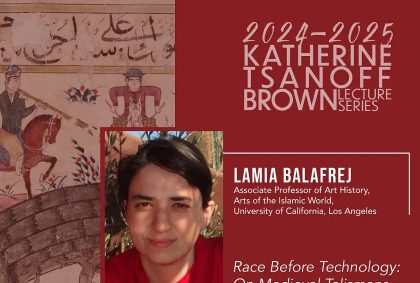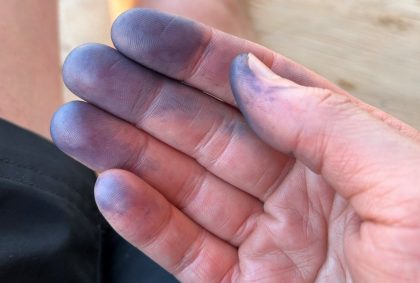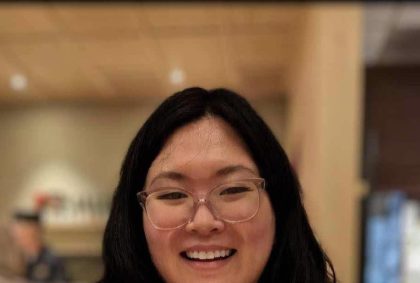News & Events
-
Professor Stella Nair to deliver “Inca Architecture and the Acoustics of Empire” at The Huntington
NOT TO MISS: Professor Stella Nair will give a talk at the Huntington in Los Angeles next week as part of a conference on sound, March 21-22....
-
Professor Sharon Gerstel to present keynote address “Interwoven Stories: The “Generation of the 1930s” and a Laconian Village” at the Benaki Museum in Greece
Thrilled to announce that our very own Sharon Gerstel, Professor of Byzantine Art and Archaeology and Director of the UCLA Stavros Niarchos Foundation Center for the Study...
-
Professor Lamia Balafrej to deliver “Race Before Technology: On Medieval Talismans” at Rice University
Professor Lamia Balafrej will be delivering a talk at Rice University for the Katherine Tsanoff Brown Lecture Series. Her presentation, entitled “Race Before Technology: On Medieval Talismans”,...
-
Professor Saloni Mathur presents “Baggage Claims: Contemporary Art’s Migration Imaginary” at the Nanyang Technological University Singapore
Professor Saloni Mathur will be delivering a lecture entitled “Baggage Claims: Contemporary Art’s Migration Imaginary” for the NTU Distinguished Lectures in the Humanities Series on March 20th...
-
Professor Emeritus Dell Upton publishes new book, “Landscapes in the Making”
Congratulations to Professor Emeritus Dell Upton on the publication of his new book, Landscapes in the Making! In this release, Professor Upton and Stephen Daniels, Professor of...
Mission Statement
The UCLA Department of Art History was one of the first in the United States to embrace a mission of comprehensive global coverage.
With this mission, the department has educated undergraduate and graduate students for decades with a broad-based understanding of art that comes from exposure to the artistic practices of a variety of “western” and “non-western” cultures through time and space.
With its requirements for study across the globe and for foreign language training above and beyond the college obligation, our department seeks to encourage students to question the art historical canon, to rethink the relationships between margins and centers, and to practice a socially and politically responsible art history.










